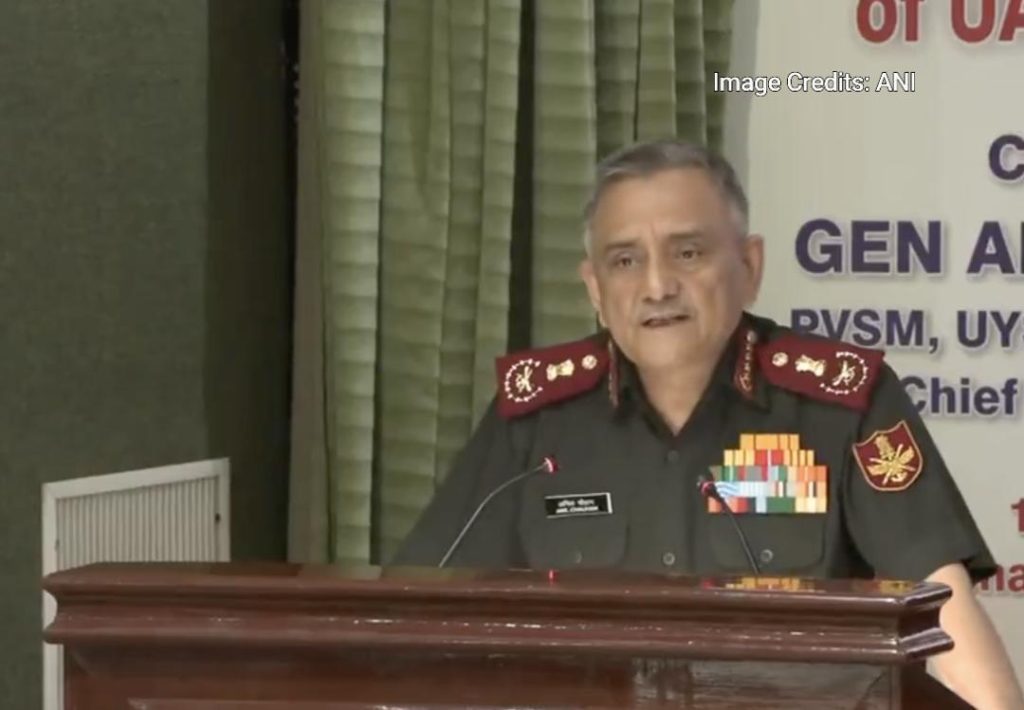
Pak used unarmed drones & loitering munitions: CDS Anil Chauhan
The recent conflict between India and Pakistan has been a topic of much discussion and analysis. The conflict saw a significant escalation of military tensions between the two countries, with both sides trading fire across the Line of Control (LoC). In a recent statement, Chief of Defence Staff (CDS) General Anil Chauhan revealed that Pakistan used unarmed drones and loitering munitions during the conflict. But, according to General Chauhan, none of these weapons inflicted any damage to the Indian military or civil infrastructure.
According to the CDS, most of the drones and loitering munitions used by Pakistan were neutralized through kinetic and non-kinetic means. Kinetic means refer to the use of military force to destroy or disable the enemy’s weapons, while non-kinetic means refer to the use of tactics such as electronic warfare, cyber warfare, and intelligence gathering to disrupt the enemy’s command and control systems.
General Chauhan also revealed that some of the drones and loitering munitions used by Pakistan were recovered in almost intact condition. This suggests that the Indian military was able to intercept and capture some of the enemy’s weapons, which could provide valuable intelligence and insights into Pakistan’s military capabilities.
The use of unarmed drones and loitering munitions by Pakistan is not a new tactic. Both countries have been using these types of weapons in recent years as part of their military strategy. Loitering munitions are a type of weapon that is designed to remain in the air for extended periods of time, providing surveillance and targeting information to military commanders. They are often used to attack enemy positions and can be equipped with a variety of warheads, including explosives, fuel-air explosives, and precision-guided munitions.
Pakistan’s use of unarmed drones and loitering munitions during the recent conflict is likely intended to achieve several goals. One goal is to gather intelligence on Indian military positions and movements. By using drones and loitering munitions to gather surveillance information, Pakistan can gain valuable insights into Indian military plans and capabilities. This information can be used to plan and execute attacks on Indian military targets.
Another goal of Pakistan’s use of unarmed drones and loitering munitions is to disrupt Indian military operations. By using these weapons to attack Indian military positions and equipment, Pakistan can create confusion and chaos, making it more difficult for Indian forces to respond effectively to attacks.
Despite Pakistan’s efforts to use unarmed drones and loitering munitions, the Indian military was able to neutralize most of the threats posed by these weapons. General Chauhan’s statement suggests that the Indian military was able to intercept and destroy most of the enemy’s weapons, preventing them from causing significant damage to Indian military or civil infrastructure.
It is worth noting that the use of unarmed drones and loitering munitions is not unique to Pakistan. Both India and Pakistan have been using these types of weapons in recent years, and it is likely that other countries in the region will also adopt similar tactics in the future.
In conclusion, the recent conflict between India and Pakistan saw Pakistan use unarmed drones and loitering munitions in an attempt to gather intelligence and disrupt Indian military operations. However, the Indian military was able to neutralize most of the threats posed by these weapons, preventing them from causing significant damage to Indian military or civil infrastructure. The use of unarmed drones and loitering munitions is a tactic that is likely to continue to be used by both India and Pakistan in the future, and it will be important for military commanders to develop effective strategies for countering these threats.






